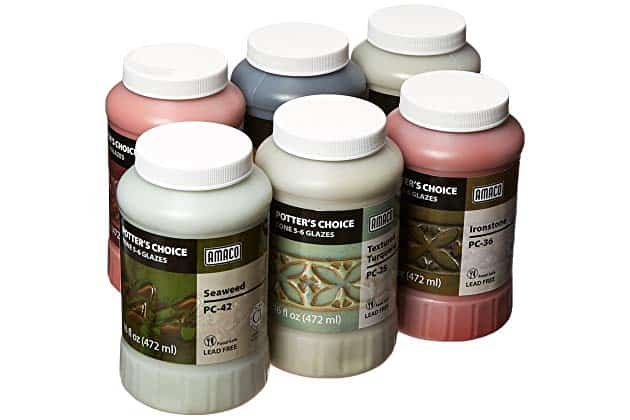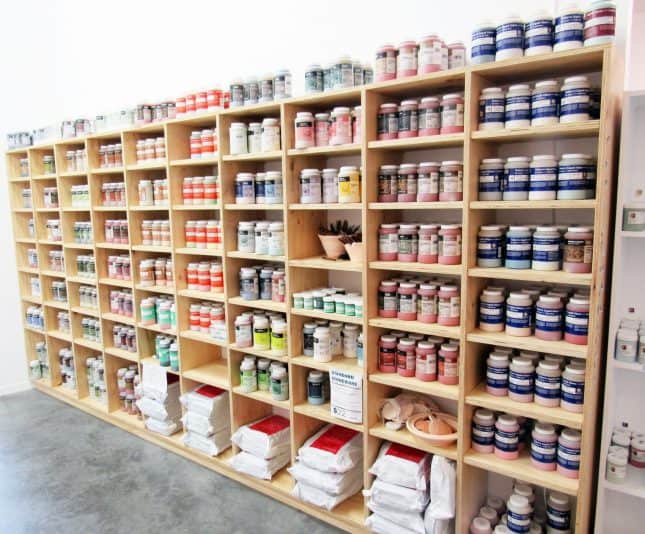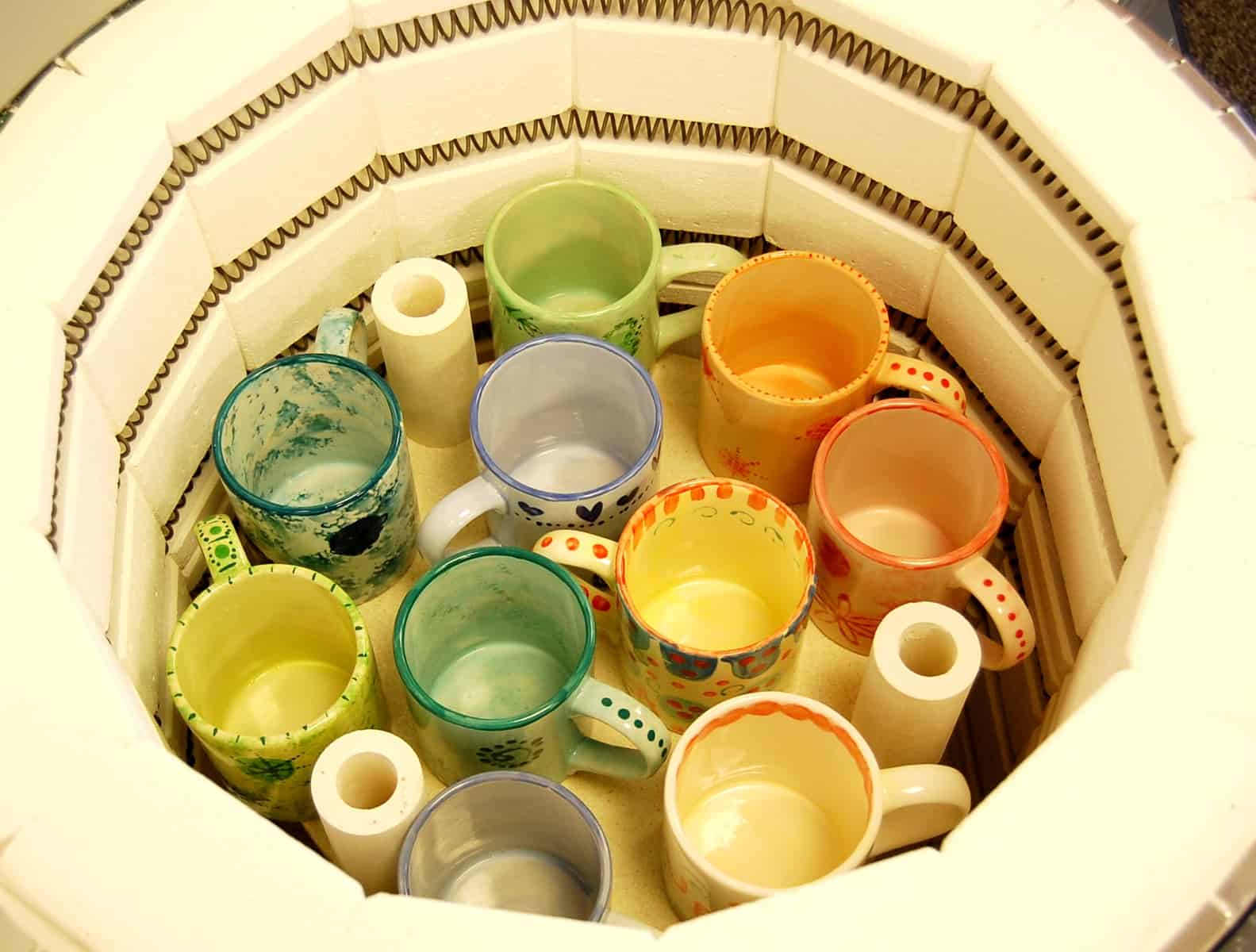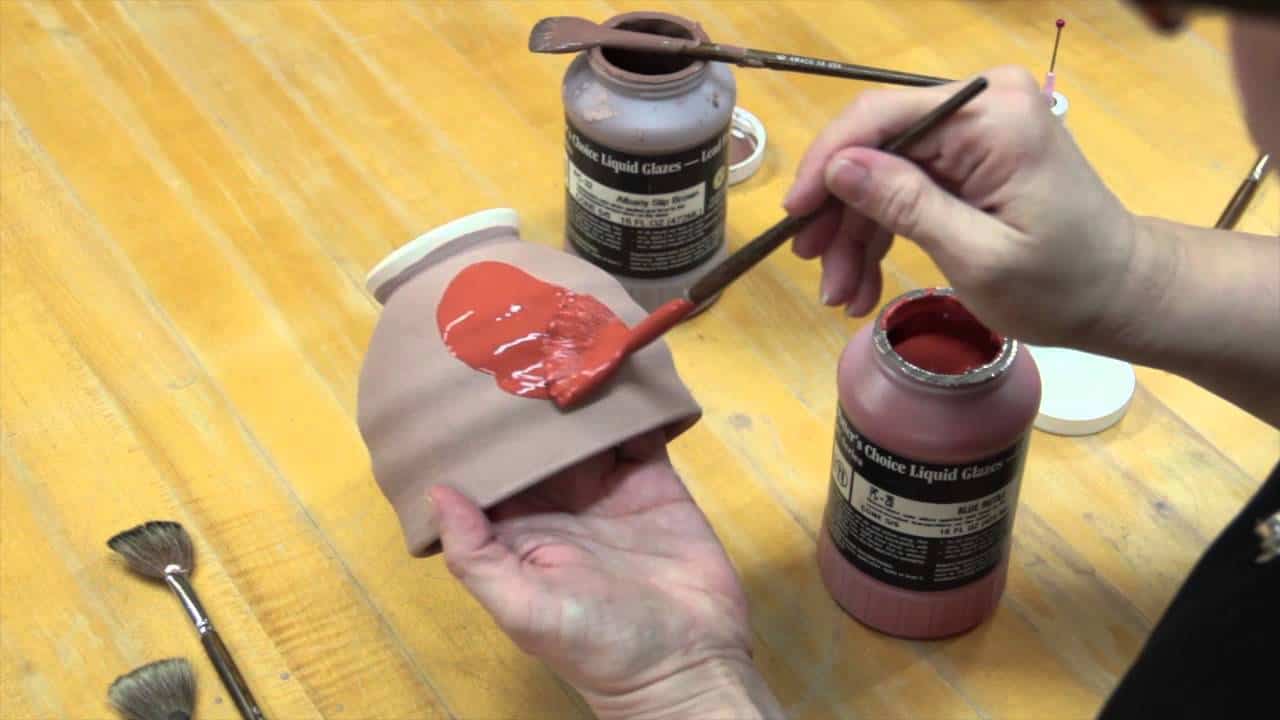Part 6: It’s Just…Ceramic Glaze
Published August 2019
A Guide to Common Products with Uncommon Properties
By: Nick Dryden

Part 6: It’s Just…Ceramic Glaze
This is part 6 of our It’s Just… series on common products we see in industry. In this series we will be focusing on the chemicals found in these products, where you might find them in your facility, and how these products should be handled for disposal. Quick Disposal.
These products are all very common and can be safely used by following the manufacturer’s instructions. However, chemical products can quickly become unusable through improper storage. After products are no longer usable, most are subject to disposal regulations and should not be poured down the drain or thrown in the trash. Improper disposal can pollute the environment, harm wildlife, and/or harm human health.

Ceramic Glaze: Where is it Commonly Found?
Glazes are used to seal ceramics and add vivid colors and patterns to the finished products. They are commonly found in art studios with an active ceramic kiln. Depending on the size of the studio, they may be found in five-gallon buckets, or individual containers as small as a few hundred milliliters.

Ceramic Glaze: What’s Makes it Dangerous?
Ceramic glazes can be thought of as two components mixed together. The pigment is the material that will be left behind on the piece after it has been fired in the kiln. The pigment is typically mixed into a liquid carrier that will evaporate in the kiln.
The carrier in most ceramic glazes is water. Most modern pigments are inert chemicals like those used in latex paints. However, some glazes do still use toxic heavy metals like lead, chromium, and barium. Although it isn’t common anymore, there have been some ceramic glazes that used radioactive uranium salts in their pigments.

Ceramic Glaze: How to Properly Dispose of this Chemical?
All glazes need to be evaluated based on their individual chemical constituents. Glazes may be regulated as hazardous materials by the US DOT and/or hazardous waste by the US EPA. Please contact our Hazardous Waste Team to put a safe plan in place for disposal of this chemical or any other chemicals you no longer want.